Data visualization shared by David Pritchard of Ottawa (Dec. 14, 2020) again helps us to better compare Covid infection rates in Canada, as compared to the United States
A Dec. 14, 2020 Atlantic article, which assists a person to contextualize the current post, is entitled: “How Science Beat the Virus. And what it lost in the process.”
An excerpt reads:
Amid a long winter of sickness, it’s hard not to focus on the political failures that led us to a third surge. But when people look back on this period, decades from now, they will also tell stories, both good and bad, about this extraordinary moment for science. At its best, science is a self-correcting march toward greater knowledge for the betterment of humanity. At its worst, it is a self-interested pursuit of greater prestige at the cost of truth and rigor. The pandemic brought both aspects to the fore. Humanity will benefit from the products of the COVID‑19 pivot. Science itself will too, if it learns from the experience.
A previous post is entitled:
What follows below – all of the images and text that you see – is from a hugely impressive and informative Dec. 14, 2020 Twitter thread by David Pritchard of Ottawa.
As with the thread that I posted earlier (see link above), this narrative underlines that data visualization can do a tremendously valuable job in telling us some of the things that we can learn from data.

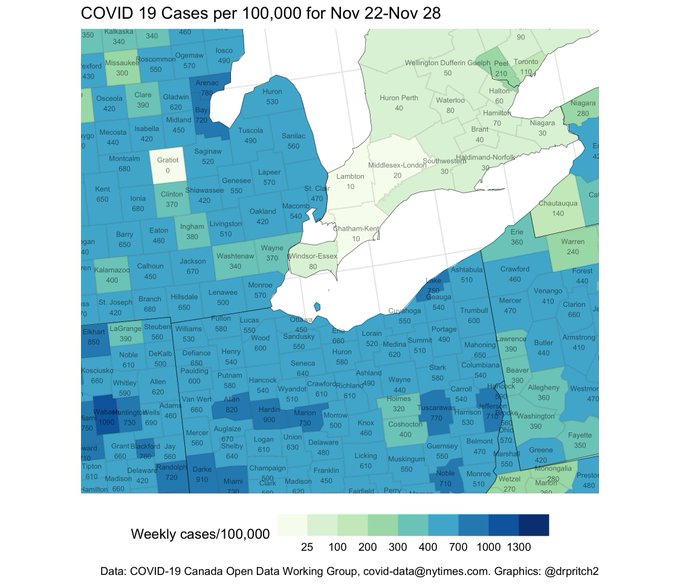


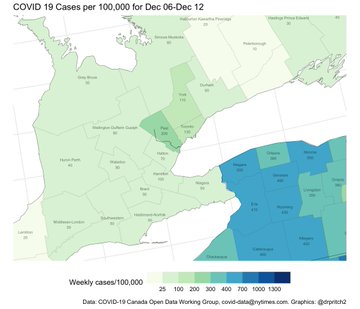
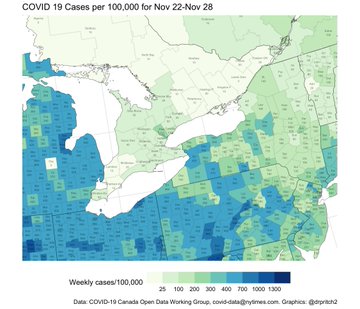
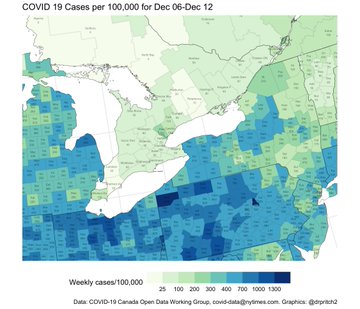


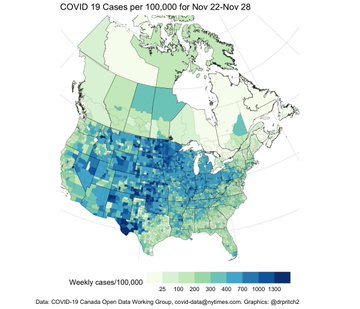
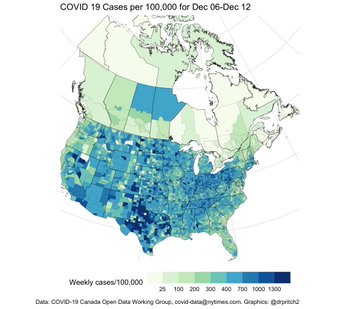

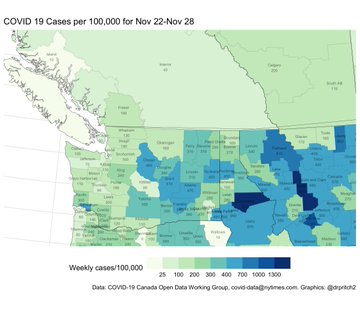
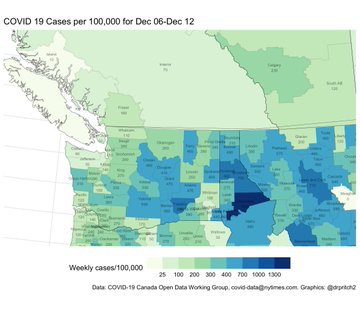
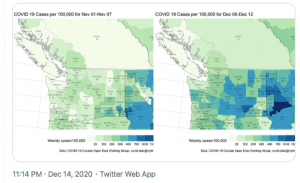
Leave a Reply
Want to join the discussion?Feel free to contribute!